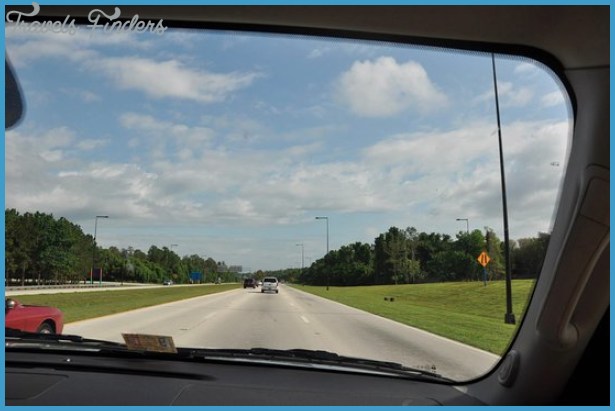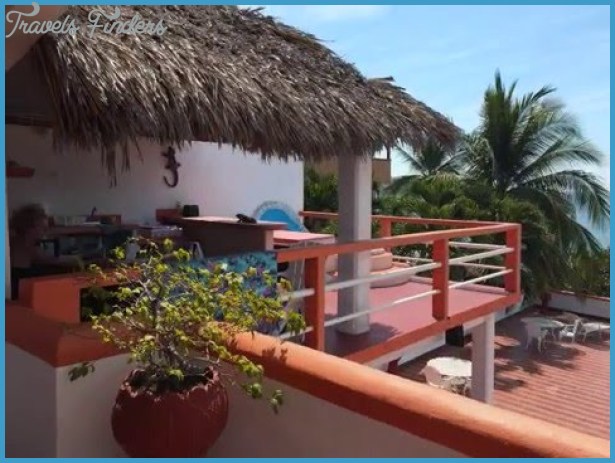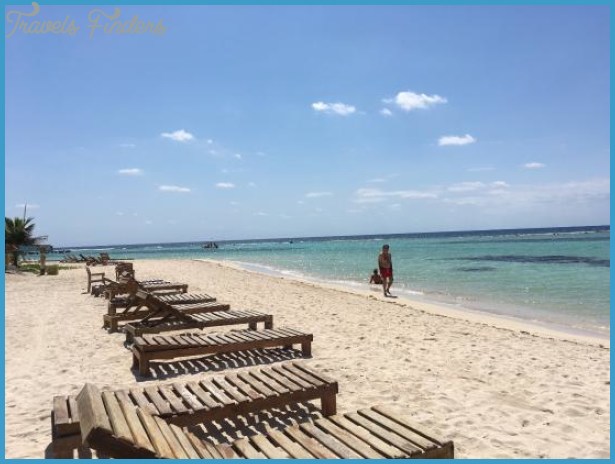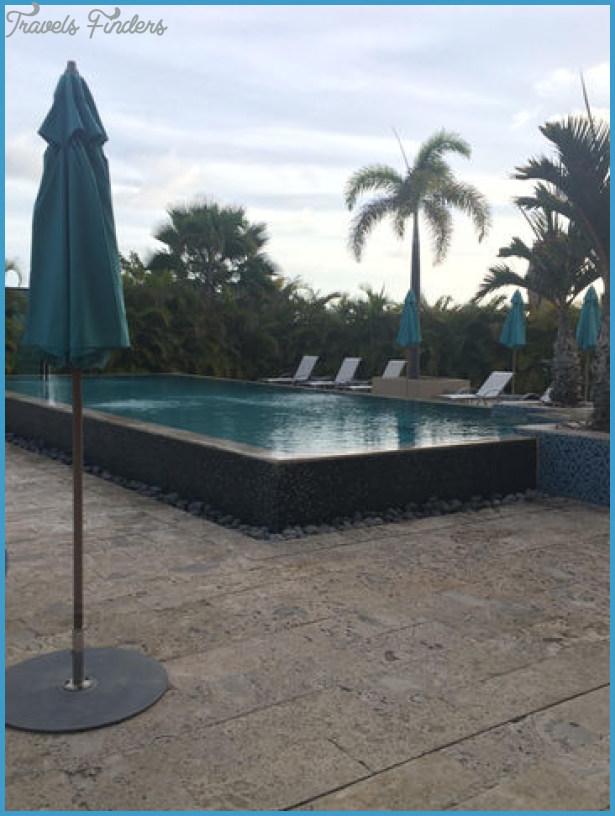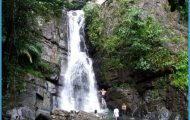Fresh fruit is readily available in markets, and it is common for people to give away fruit from their own trees as gifts. During the summer, tree branches hang heavy with mangoes and guavas, and precarious pyramids of watermelons fill the markets. The winter months fill trees with grapefruits, oranges, and tangerines (mandarinas). Vendors hit the street corners of Asuncion in early spring, baskets brimming with strawberries. Some of the highlights of Paraguay’s tropical bounty include: Sidebar: Bananas de oro are miniature bananas (about three to four inches long) with thin skin that are starchier and sweeter than normal bananas (known as banana karape ).
Maracuya (Passion Fruit)
Though the maracuya fruit starts out as a smooth creamy orb (first green, then yellow) it becomes ugly and wrinkled when ripening, as if puckering from the tart taste developing inside. The juicy pulp is usually blended and strained to make maracuya juice, although maracuya mousse and ice cream are also popular.
Guayaba (Guava)
Green on the outside and sticky, sweet, and pink on the inside, guayaba (guava) is perhaps the most emblematic fruit of Paraguay. When in season, they are in such abundance that many are left to fall from the trees onto the ground where they bake and sizzle in the sun, filling the air with an intoxicating and mouth watering aroma. Although sometimes eaten raw, guayaba is mostly turned into dulce de guayaba or guayaba jam Guavas are boiled, blended, and passed through a sieve. The guayaba puree is then boiled down, along with generous amounts of sugar until it thickens and turns from light pink to a deep burgundy. This is often consumed as a dessert alongside queso Paraguay but is delicious on its own.
Mango
Mangoes are so abundant that most supermarkets do not even bother to stock them. Paraguayan mangoes are sweet but small and very fibrous, unlike their larger and creamier Brazilian counterparts. Mangoes are often juiced, although for the most part people eat them right off the tree. The mango tree itself plays an important role in the daily lives of rural Paraguayans. The trees can grow to an enormous size, providing plenty of much needed shade. All types of activities from drinking terere to eating Sunday lunch with the whole family take place mango guype (under the mango tree).
Sidebar: Naranja Jai: – Naranja jai or apepu is a bitter orange often squeezed onto salads and used to cut the grease on grilled and fried meats.
Chirimoya (Custard Apple)
With their large bumpy green exteriors, chirimoyas (known as “aratiku’i” in Guarani) are bizarre
looking, but tasty. As chirimoyas ripen, the skin between the bumps turns pale yellow and begins to split. The interior is full of pointy shaped, creamy white sections that separate easily from the outer skin with a taste vaguely reminiscent of green apple.
Deadly Watermelon
Watermelon is believed to be a volatile fruit when combined with any number of foods, beverages, and activities. Paraguayans avoid eating watermelon after drinking terere, beer, showering, and swimming for fear of everything from massive stomachaches to possible death. When confronted with a cool slice of watermelon on a hot day, you may find it hard to heed their warnings though.







